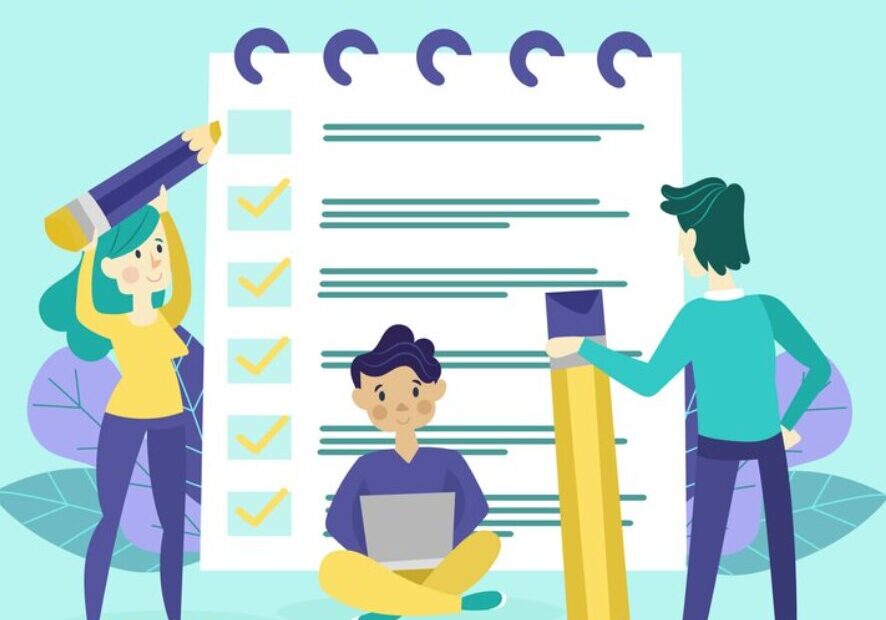In the software development, testing is a critical phase to ensure the quality and reliability of the product. One of the essential components of testing is creating effective test scenarios. A test scenario outlines the steps to be performed during testing to verify whether the software behaves as expected under specific conditions. Mastering the art of writing test scenarios is pivotal for ensuring thorough testing coverage and detecting defects early in the development lifecycle. In this comprehensive guide, we delve into the principles and best practices of crafting impactful test scenarios.
Understanding Test Scenarios:
Before delving into the intricacies of writing test scenarios, it’s crucial to understand their purpose and significance in the testing process. A test scenario is a narrative that describes a specific situation or condition under which the software will be tested. It outlines the sequence of actions to be performed and the expected outcomes. Test scenarios serve as a blueprint for testing activities and facilitate systematic and structured testing.
Key Components of Test Scenarios:
- Title or Identifier: Each test scenario should have a unique title or identifier that succinctly describes the scenario.
- Description: A brief description that provides context and clarifies the objective of the test scenario.
- Preconditions: Any prerequisites or conditions that must be fulfilled before executing the test scenario.
- Test Steps: A sequential list of actions to be performed during the test execution. Each step should be clear, concise, and unambiguous.
- Expected Results: The desired outcomes or behaviors that should be observed after executing the test steps. This helps in determining whether the software functions as intended.
Best Practices for Writing Test Scenarios:
- Understand the Requirements: Thoroughly comprehend the software requirements before drafting test scenarios. Clear understanding of the functionality ensures that test scenarios align with the expected behavior.
- Be Specific and Concrete: Test scenarios should be specific and concrete, leaving no room for ambiguity. Use clear language and avoid vague or generic descriptions.
- Keep It Simple: Test scenarios should be simple and focused on testing one particular aspect or functionality at a time. Complex scenarios can lead to confusion and inefficiency in testing.
- Cover Positive and Negative Scenarios: Ensure comprehensive coverage by including both positive and negative test scenarios. Positive scenarios validate expected behaviors, while negative scenarios validate error handling and boundary conditions.
- Prioritize Scenarios: Prioritize test scenarios based on their criticality and impact on the system. Focus on testing high risk areas first to mitigate potential risks early in the development cycle.
- Review and Refine: Collaborate with stakeholders, developers, and testers to review and refine test scenarios. Incorporate feedback to improve clarity, accuracy, and effectiveness.
- Maintain Reusability: Design test scenarios in a modular and reusable manner to maximize efficiency and maintainability. Reusable test scenarios save time and effort in future testing cycles.
Example of a Well Written Test Scenario:
Title: User Login Functionality Verification
Description: Verify that registered users can successfully log in to the application using valid credentials.
Preconditions:
- The application is installed and accessible.
- User credentials (username and password) are available.
Test Steps:
- Launch the application.
- Navigate to the login page.
- Enter valid username and password.
- Click on the “Login” button.
- Verify that the user is redirected to the home page.
Expected Results:
- The user should be logged in successfully.
- The home page should be displayed.
- The user’s name or profile information should be visible to indicate successful authentication.
Enozom, a leading software development company, understands the paramount importance of crafting meticulous test scenarios in ensuring the quality and reliability of its software solutions. With a dedicated team of experienced testers and quality assurance professionals, Enozom meticulously designs test scenarios tailored to each project’s unique requirements and specifications. By adhering to best practices and principles of test scenario writing, Enozom ensures comprehensive coverage of both positive and negative scenarios, prioritizing critical functionalities to mitigate risks early in the development cycle. Through collaborative efforts and a commitment to excellence, Enozom delivers robust and dependable software solutions that meet the highest standards of quality and reliability.
Conclusion:
Writing effective test scenarios is a fundamental aspect of ensuring software quality and reliability. By following the principles and best practices outlined in this guide, testers can create comprehensive test scenarios that cover various aspects of the software functionality. Clear, specific, and well defined test scenarios facilitate efficient testing, early defect detection, and ultimately, the delivery of high quality software products.
